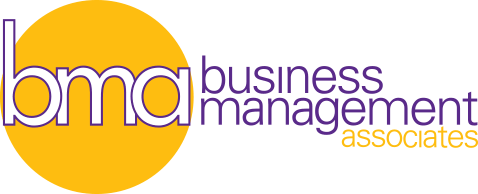ATD Blog
Use Data Analytics to Improve Strategic Planning for the Future Federal Workforce
Published Mon May 17 2021

Strategic workforce planning (SWP) is a comprehensive process essential to ensuring an organization has the right people in the right positions and that those people have the right skills and competencies at the right time.
But for SWP to be effective and provide insights to leadership, the incorporation of workforce data analytics is essential.
Human capital (HC) organizations typically have multiple systems with different functions, and they are proficient in extracting routine reports on data such as headcounts, workforce composition, status of recruitment actions, performance ratings and awards, training completions, and so on.
However, even sophisticated organizations sometimes lack the specific skills and ability—and time—to proactively analyze the right data, which is necessary to enable achievement of long-term goals. Workforce analytics integrate the use of technology, metrics, data, and processes. When approached comprehensively, these analytics elevate human resources data from a transactional to a strategic lens, and inform decision making by executives, senior leaders, and managers.
Meeting Office of Personnel Management (OPM) Guidelines
Given the numerous regulations applicable to administering daily operations, HR teams face challenges in ensuring the day-to-day needs of their customers are met while also conducting long-term planning to meet future HC needs. OPM has also implemented federal guidelines in 5 CFR 250, Subpart B that require developing programs based on comprehensive workforce planning and analysis. These programs must align to agency strategic plans and goals to ensure that HC programs and service delivery focus on the mission and big picture.
This includes, but is not limited to, monitoring and addressing skills gaps within mission-critical occupations (MCOs); developing and retaining an effective workforce; identifying vulnerabilities to attrition and loss of knowledge; ensuring leadership continuity; and developing mitigation strategies that enable the reduction of HC risks and skills gap closure.
Steps to SWP Success
The best approach to a successful SW plan starts with developing a thorough understanding of the organization’s mission, strategic direction, alignment of programs and functions, strategic goals, and annual performance targets. Sources of data may include:
Existing agency and HC strategic documents
A review of operating plans and targets
Analysis of feedback from past studies or reviews to evaluate results of improvement measures
Surveys to obtain input from leaders and managers
Development of specific data-driven analytics methods, such as talent and position risk assessments based on multiple indicators
From there, it is important to conduct talent and position risk assessments, gap analyses, and other data analytics to validate such factors as the talent profile; potential threats to mission accomplishment posed by vacant positions; critical skills and competencies needed; vulnerabilities due to the potential loss of knowledge; deficiencies in skills and competencies that can hinder success; changing workload, program, and functional requirements; and imbalances in workload distribution.
Armed with these programmatic and people insights, the next step is to analyze the effects of strengths, weaknesses, opportunities, and threats (SWOT). Findings and results should be documented in a formal report to inform decision making, recommendations for mitigation strategies, and action planning, including insights from research of industry HC data and trends and collaboration with the HR team. This enhances the probability of delivering and coordinating the implementation of an executable approach to workforce data analytics, which helps customers establish a culture of continuous SWP improvement focused on efficiency with a continual drive toward future readiness and mission achievement.
Support for SWP Success
The process of changing how a legacy organization examines the state of its workforce, identifies risks, addresses gaps, and proactively plans to meet its future needs can be daunting. But it is achievable, especially if an agency is willing to ask for help. Partnering with industry—with a subject matter expert in human capital management like Business Management Associates (BMA)—enables an agency to double up on its resources in the short-term while doubling down on its mission for the long-term. It protects an agency’s ability to focus on critical day-to-day operations and offers an incredible opportunity to reap the benefits of SWP efforts happening in other agencies as well as in the commercial world.
Through the efforts of a forward-thinking, inventive, and experienced team, a proactive and sustainable SWP program can move from an agency’s someday wish list to its everyday reality.

